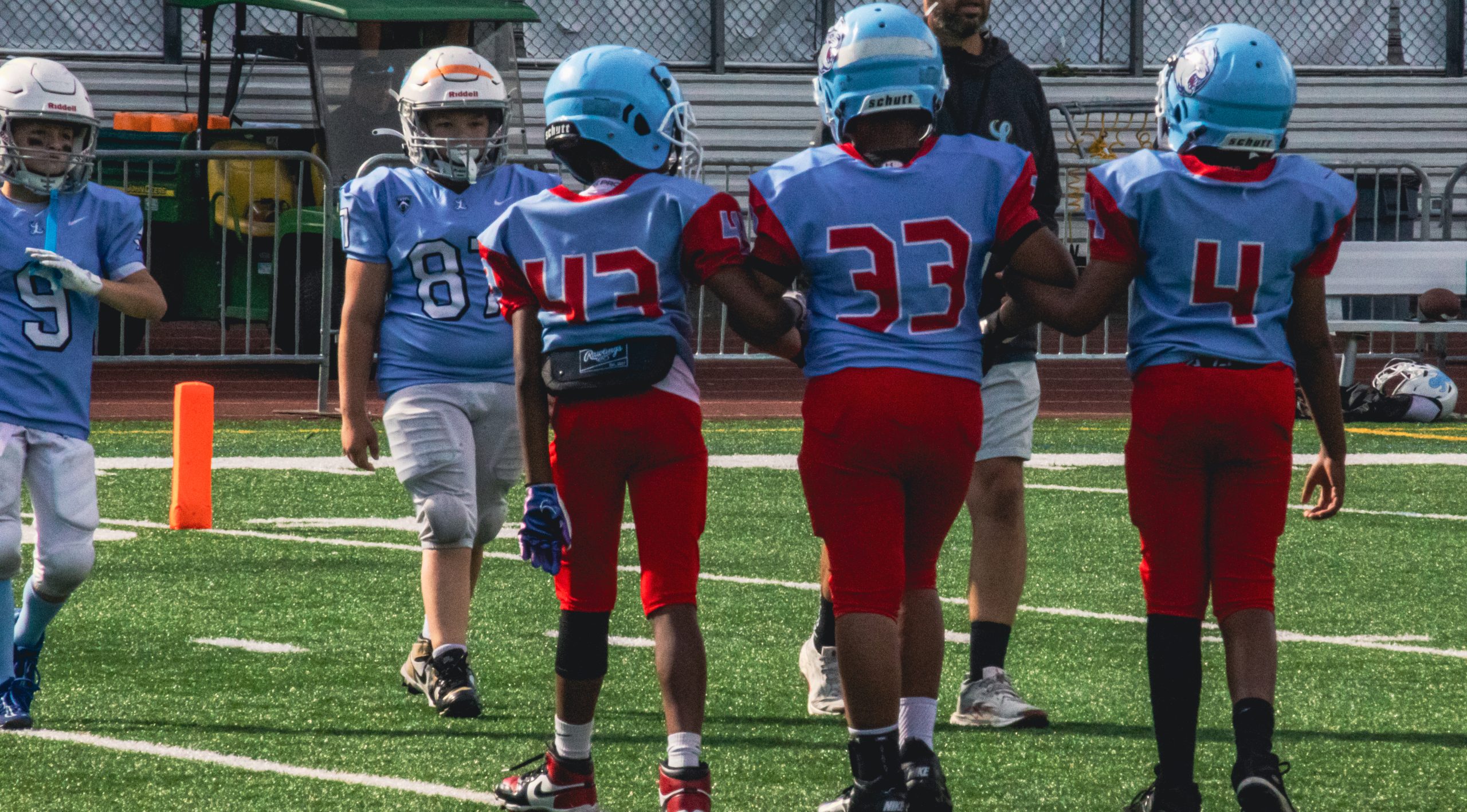How to Stop the Spread of Norovirus

Sometimes misleadingly called “stomach flu,” the acute gastroenteritis caused by a norovirus infection often involves both vomiting and diarrhea—at the same time.
The average person gets norovirus—the stomach bug marked by near-liquid diarrhea and often simultaneous vomiting—five times in their life. I’m at 13 and counting, and, yes, I wash my hands. Maybe it’s bad luck, or a genetic predisposition, or a fondness for oysters (the FDA recently issued a recall of possibly contaminated bivalves from a certain Puget Sound inlet). I don’t know, and I don’t know for sure that every bout was this particular culprit, though the pattern is pretty consistent. If a norovirus vaccine is ever approved (Moderna has one in clinical trials now—I tried to enroll, but there are no research sites in my area, alas), I will be first in line for the jab.
If you’ve never had the acute gastroenteritis caused by norovirus—which can hit at any time but peaks between December and March, blowing through schools and communities in Oregon and the rest of the northern hemisphere—consider yourself lucky. For me, it starts with a general malaise, then unease, then stabbing abdominal pain, then that feeling of really wanting to throw up while really dreading throwing up, and then the unstoppable diarrhea, which often kicks in around the same time the vomiting begins. While my candle is burning at both ends, I prefer to sit on the toilet with a bucket in hand, but to each their own when it comes to the two-fer. I won’t judge. At this point, I barely even know what’s going on. Twice it’s been so bad and so nonstop that someone who loves me has taken me to the ER, where I was given an IV of fluids and a large bill. After a few hours of the fireworks, it’s the dry heaves, and then just the abdominal pain, made worse by attempted sips of water (or Gatorade or Pedialyte).
Thanks to the cesspools of day care and elementary school, children are notorious vectors for norovirus, but I’d clocked an average lifetime share of cases well before I had my two little germ magnets. What children have added, though, is a population of hosts to study. When someone comes down with norovirus, they don’t usually know how they got it. They ate something contaminated or touched a contaminated surface, or they unknowingly had contact with someone who had been sick (and who might not be a great hand-washer), and then those particles found their way into their mouth. But when you get sick shortly after someone else in your household has been sick, the path of puke-kid’s arrow is little clearer.
That’s how I learned that the sickness seems to come on about a day and a half after exposure. (My observed span is pretty close to the 32 hours found in a joint University of Georgia–Emory–CDC study; I’ll defer to their larger sample size.) I’ve come to accept that if a child sitting across the table from me suddenly horks on a Sunday morning, I should clear my calendar starting Monday night, because there’s no way out. I’m done for. The closer to the puker, the higher the chance of infection.
When the violent expelling of liquid starts somewhere other than right next to me, however, I know I have a chance. The act of projectile vomiting, the ejection of diarrhea, the turbulence of the toilet flush, the movement of a fan or even a mop, the shaking out of an article of clothing—all of it can scatter contagious particles on nearby surfaces, where the droplets could be touched by another person and find its way into their mouth. And all that action can potentially push aerosolized virus around in the air, where breathing it in can get the infectious particles into your throat and then your guts. So it’s not just the sick person, or their vomit, or their fecal matter that’s the enemy. It’s the entire area.
This would be a good time to mention that I am in no way qualified to give medical advice, and my tips below about masks and bleach and laundry and toxic underwear are not to be taken as such. Like Tracy Morgan’s inept zoologist Brian Fellow on Saturday Night Live, I am not an accredited medical professional, nor do I hold a degree in the biological sciences. I am simply an enthusiastic middle-aged woman with a Kentucky public school education and an abiding love for all god’s creatures. Unless they’re covering me in a cloud of norovirus particles, that is.
What’s more, you could follow all of my unqualified layperson’s suggestions, or follow guidance from your doctor or the CDC, or go full hazmat like that scene in E.T. and still be stricken with this highly contagious virus. It’s a mean one.
With the caveats out of the way, here’s what we do in my house to try to keep the rest of us from getting sick.
The Puke Zone
Try to keep the puker behind a closed door. If you need to enter the danger area, wear a mask and gloves, and consider a smock or clothes you can remove and wash immediately. If you can part with the stuff that’s been puked or pooped on, put it in a plastic garbage bag along with any paper towels used for cleanup. After you close the bag and take it to a trash receptacle that’s not in your living space, toss the gloves and mask in the trash, too, being careful not to touch their outer surfaces, and then wash your hands with soap and water for twice as long as you think you should. Alcohol-based hand sanitizer is not effective against norovirus.
When things quiet down, put on a fresh mask and set of gloves and look around the area where all the throwing up happened. All the surfaces where invisible bits of virus could have landed need to be sanitized with a bleach solution (we keep a spray bottle on hand for this), or cleaned with soap and water if it’s a surface bleach might harm. Toothbrushes sitting by the bathroom sink? Chuck ’em. Time for new ones. A basket of dirty clothes in the room? Consider it toxic, and see laundry notes below. Cosmetics and shampoo bottles? Wipe them all down with the bleach solution.
Tainted Love
You don’t need to burn the Velveteen Rabbit, but you should probably wash it, let it dry, and then maybe not touch it for a while. The virus can live on fabric and soft furnishings for days and on hard surfaces for weeks. A special stuffed animal probably shouldn’t get washed in the hottest-possible water, on the longest-possible cycle, with added bleach, but anything that can handle that harsh treatment should get it, especially articles that were puked or pooped on. Anything that can’t be put in a washer needs a good surface cleaning, and then to be left alone for a spell.
Panty Raid
According to the CDC, norovirus can “stay in your poop for 2 weeks or more after you feel better. You can still spread norovirus during that time.” Your actual poop is just going in the toilet, so closing the lid before you flush, sanitizing the toilet surfaces afterward, and washing your hands will go a long way. But as the Great Cornholio taught us in the 1990s, the bunghole is a force of its own that will not be contained. Stuff from your butt is going to get on your underwear and everything in the general area, and when you pull your pants down or off, it can get elsewhere.
So even after someone is feeling better, a recent sicko’s underpants (and anything else they touch in a laundry pile) can stay toxic. Whether boxer, brief, bikini, or thong, consider it radioactive. Ask the wearer to remove their underwear slowly and then fold it and place it carefully in the laundry receptable, not rip it off and practice their free throws to toss it into the basket. Whoever is handling the laundry should wash their hands afterward, and maybe consider gloves, a mask, and a smock or apron that immediately goes into the washer, too, so bad stuff doesn’t get on the clothes they’re wearing.
Aftermath
Even if the person who was sick won the Olympic gold in handwashing, they shouldn’t touch anything in the kitchen for a while, and definitely shouldn’t prepare food for anyone else (yes, things get complicated when that person works in food service). As they get their energy back and start ranging more freely around your home, follow them around with some paper towels and your spray bottle of diluted bleach, and keep sanitizing surfaces, light switches, TV remotes, and anything else they touch. When they’re ready to leave the house, be sure to keep them away from buffets and hot tubs and other places where stuff from their butt could possibly find its way into someone else’s mouth. It might just be your own household you were protecting, but the less norovirus that’s circulating in the community, the safer we all are.
Share this content:















Post Comment